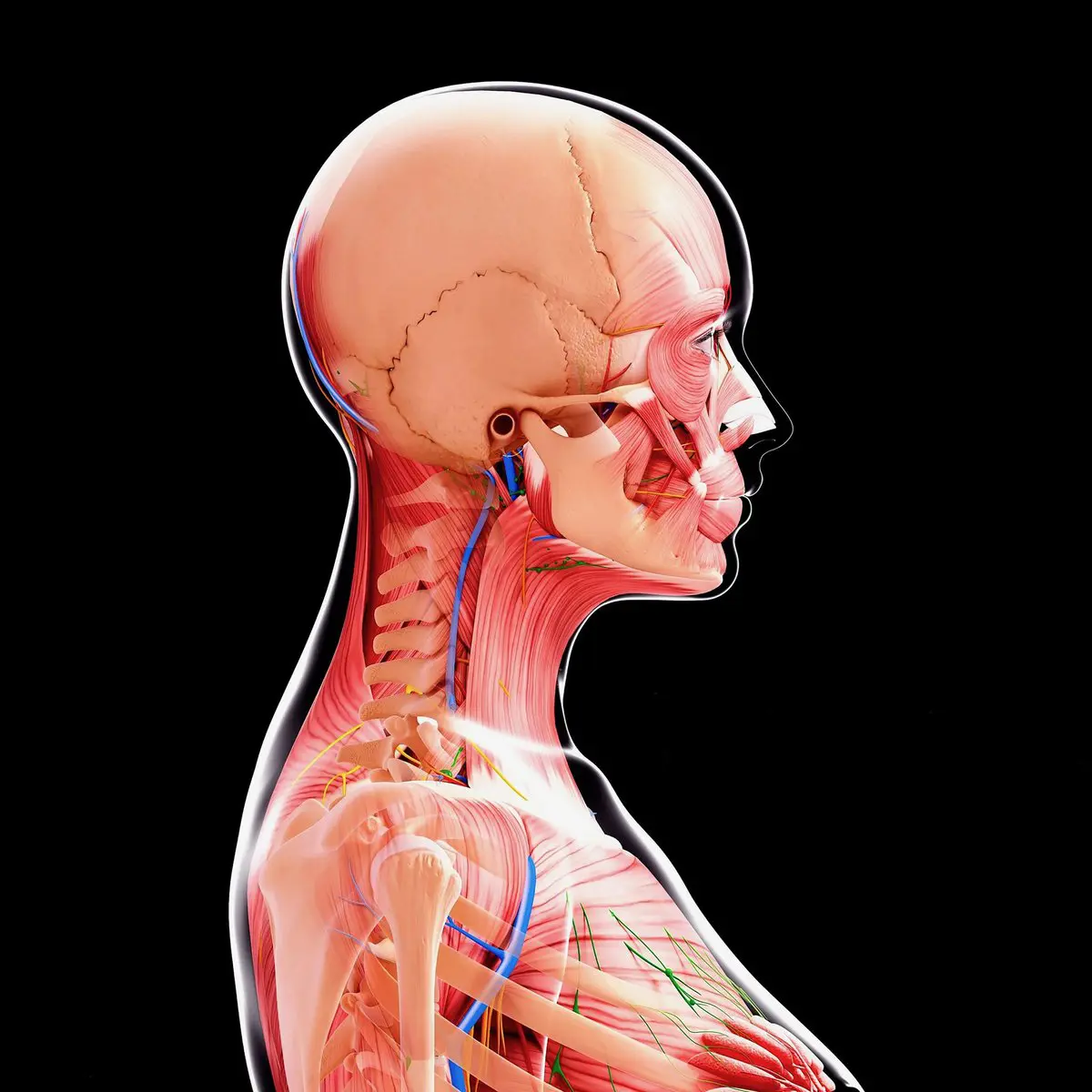Headache and Facial Pain Los Angeles
model
Headaches are a common health problem that can affect anyone at any age. While most headaches are mild and can be treated at home, some can be more severe and may require medical attention.
Types and *categories of headache
There are many different types of headaches, and each one can have different causes and symptoms. Some common types of headaches include tension headaches, migraines, and cluster headaches. Tension headaches are the most common type and are often caused by stress or muscle tension in the neck and shoulders. Migraines are more severe and are often accompanied by symptoms such as nausea and sensitivity to light and sound. Cluster headaches are less common, but they are very intense and can cause severe pain around one eye.
In some cases, headaches can be a sign of a more serious medical condition. For example, headaches can be a symptom of a brain tumor or an infection. They can also be a side effect of certain medications or a reaction to certain substances, such as alcohol or caffeine.
If you’re experiencing frequent or severe headaches, it’s important to see healthcare professionals to determine the cause and get the appropriate treatment.
Headaches and facial pain can also be from:
- muscle tension
- jaw misalignment
- TMJ dysfunction
- nose or sinus congestion
- sleep apnea

Why visit a multi-disciplinary medical center for headache or facial pain?
Often headache and facial pain can be caused by multiple factors including factors related to the **Stomatognathic System. (Teeth, bite , jaws, TMJ’s, nose, sinuses and airway.)
A multi disciplinary medical center with specialists in various disciplines can collaborate on your behalf, in the same center and can formulate an appropriate treatment plan.
Orthodontic Center Los Angeles, Jaw Surgery Los Angeles and Sinus Center Los Angeles are all part of a multi-disciplinary medical center in Pacific Palisades, Los Angeles, California, where board certified specialists with extensive experience in each discipline collaborate, to diagnose etiologic (causative) factors and then formulate and help you sequence treatment options, designed to relieve pain and dysfunction.
Fortunately headache and facial pain can be diagnosed and effectively treated.
*Categories of headache.
There are two broad categories of headache viz. primary headaches and secondary headaches.
Primary headaches are headaches that are not caused by an underlying medical condition. They include tension headaches, migraines, and cluster headaches. Tension headaches are the most common type of primary headache, and are characterized by a dull, aching sensation that typically affects the entire head. Migraines are a more severe type of headache, characterized by a throbbing pain that is often accompanied by nausea and sensitivity to light and sound. Cluster headaches are a less common but more severe type of headache, characterized by intense, burning or piercing pain that typically affects one side of the head.
Secondary headaches are headaches that are caused by an underlying medical condition. They can be caused by a wide range of conditions, including infection, injury, or a structural problem in the brain. Some common causes of secondary headaches include sinus infections, toothaches, malocclusion and temporomandibular joint disorder (TMD) and myofuctional pain.
In addition to these broad categories, headaches can also be classified according to their location, intensity, and duration. For example, headaches can be classified as frontal, occipital, or temporal depending on where they are located on the head. They can also be classified as mild, moderate, or severe based on their intensity. Finally, headaches can be classified as acute (lasting less than 4 hours) or chronic (lasting more than 4 hours) depending on their duration.
Overall, the classification of headaches is a complex and multi-faceted process that involves a thorough understanding of the underlying causes and symptoms of these conditions.
**Stomatognathic System
The stomatognathic system is a term used to describe the structures of the mouth and jaw that are involved in chewing, swallowing, and speaking. It includes the teeth, jaws, oral and pharyngeal muscles, and other structures such as the tongue, salivary glands, and temporomandibular joints (TMJ).
The stomatognathic system is a complex and intricate system that plays a crucial role in the overall function of the mouth. The teeth are used for biting and chewing food, while the jaws and oral muscles help to move the food around in the mouth and prepare it for swallowing. The tongue is also an important part of the stomatognathic system, as it helps to manipulate food in the mouth and aid in swallowing.
Proper functioning of the stomatognathic system is essential for maintaining good oral health and overall health. Dysfunction of this system can lead to problems such as malocclusion (misalignment of the teeth), temporomandibular joint disorder (TMD), and difficulty speaking and swallowing.
Treatment of stomatognathic system disorders may include orthodontic treatment to correct misalignment of the teeth, physical therapy to improve the function of the muscles and joints, and surgery in severe cases. If you are experiencing problems with your stomatognathic system, it is important to seek the advice of a team of specialists.
